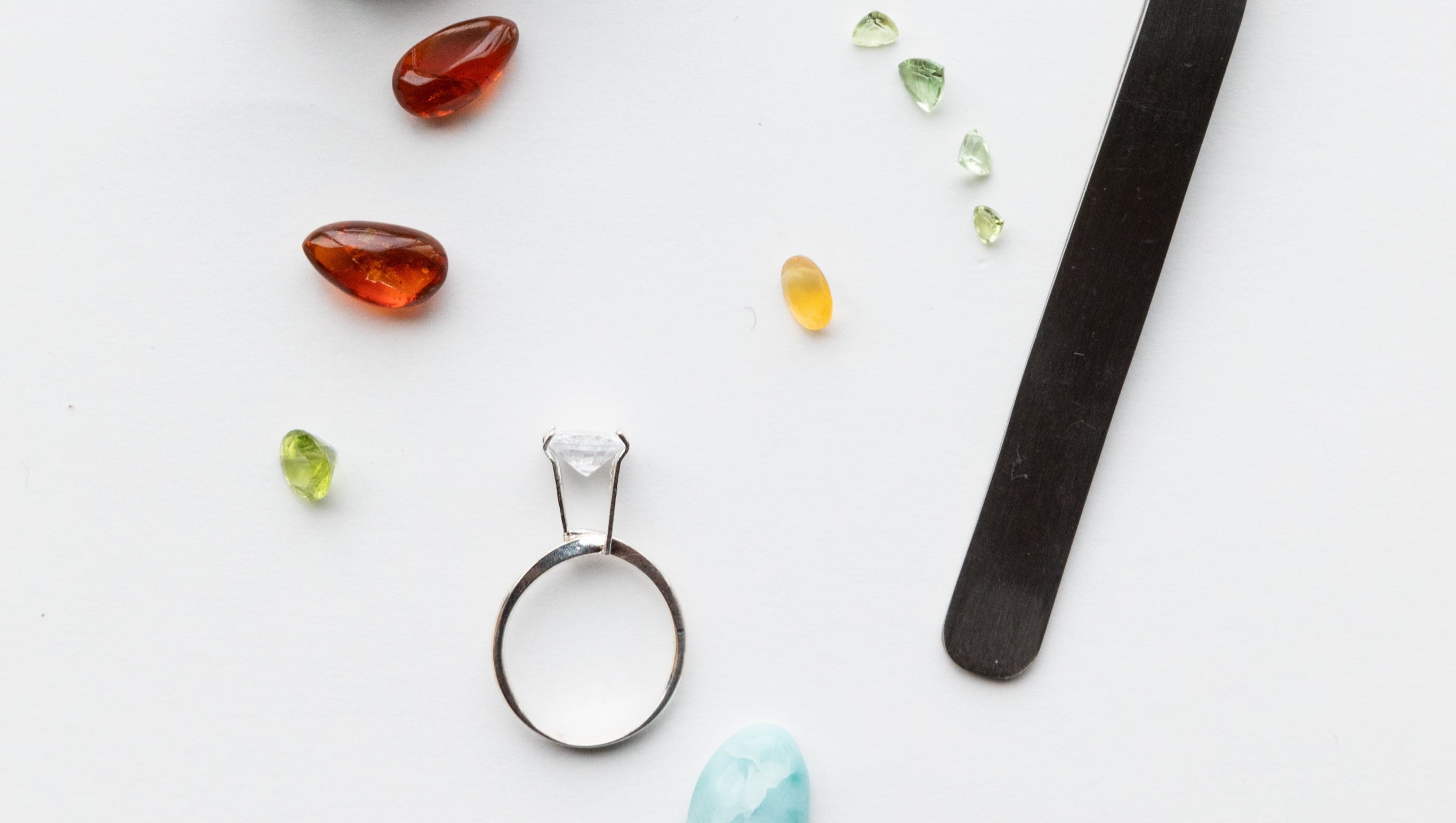 The Sancy Diamond in a white gold setting (1)
The Sancy Diamond in a white gold setting (1)
Although it is not known exactly when the Sancy Diamond was found, its discovery is dated before 1477, when it was already in the possession of Charles the Bold.
The 55.23-carat yellow-green Sancy diamond stands out due to its special shield-shaped cut . Unlike usual, it does not have a pavilion - the lower part of a gemstone - but is made up of two adjacent crowns. Its facets are arranged symmetrically, which was a novelty at the time.
The Story of the Sancy Diamond
The first knowledge about the Sancy diamond dates back to 1477, when the diamond served as a lucky charm for Charles the Bold, the Duke of Burgundy, in the Battle of Nancy.
As with the year of discovery, the place of origin of the Sancy diamond is not clearly established, although it is largely assumed that it comes from the Indian Golconda mines and received its unusual cut in India.
The Sancy diamond got its name from the fact that it was acquired in 1570 by Nicolas Harlay de Sancy, an ambassador in Constantinople. It later came into the possession of Queen Elizabeth I in 1596 and became part of the British Crown Jewels.
Some time later, Louis XIV, who had a particular fondness for diamonds, bought the jewel, after which the Sancy diamond remained the property of the French kings until 1792; however, it was stolen along with other crown jewels during the French Revolution. Nothing was known about the whereabouts of the valuable diamond until 1828, when it was sold by a dealer in Paris to the Russian Anatole Demidoff.
The Sancy diamond changed hands several times after its discovery and is now on display in the Louvre in Paris in a white gold setting.
(1) Image source: Wikipedia
Diamond Rating

